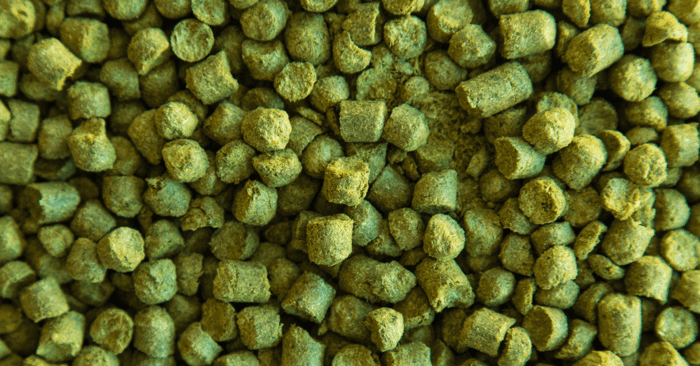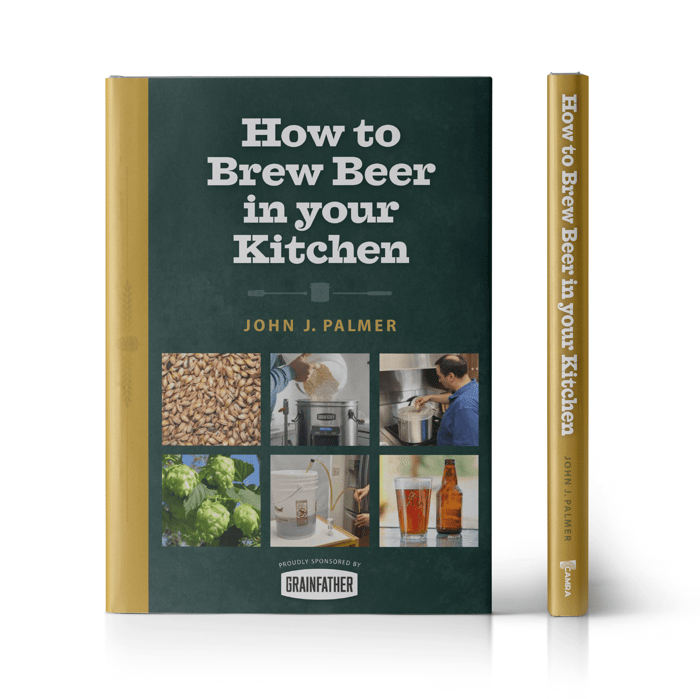The no sparge method has been making waves across European brewing communities, from German Reinheitsgebot purists to Belgian experimental brewers. The promise is tempting: finish your brew day faster whilst maintaining quality. But does it deliver?
We put this method through its paces because we believe in testing brewing theories properly – not just following trends.
Understanding the No Sparge Approach
Traditional sparging involves rinsing your grain bed with hot water after mashing, extracting those final sugars. The no sparge method throws this out the window, adding all your brewing liquor during the initial mash stage.
Why brewers are trying it:
- Reduced brew day duration (perfect for those compact European flats)
- Fewer heating vessels required
- Simplified process for novice brewers
Potential concerns:
- Elevated liquor-to-grain ratios affecting mash chemistry
- Compromised extraction efficiency
- Impact on beer structure and flavour development
Comparative Brewing Experiment
We conducted a controlled comparison using identical recipes, varying only the sparging methodology. Both beers underwent blind evaluation by experienced tasters.
Recipe Specifications
Vital Statistics:
- OG: 1.046
- FG: 1.012
- ABV: 4.6%
- IBU: 36.15
Malt Profile:
- 4.3kg Marris Otter (95.6%)
- 0.2kg Crystal (4.4%)
Hopping Schedule:
- 10g Nelson Sauvin at 60 minutes (14.96 IBU)
- 130g Nelson Sauvin at Whirlpool (21.20 IBU)
Fermentation:Mangrove Jack's M44 – US West Coast
Water Volume Calculations
Sparge Version Methodology:Initial mash required 15.65 litres (grain weight × 2.7 + compensation). Target batch size demanded 9.35 litres sparge water to achieve 18 litres pre-boil volume.
No Sparge Version Methodology:Combined total: 25 litres added directly to mash tun.
Practical Brewing Observations
Both systems performed excellently during mash-in, achieving target temperatures efficiently. Recirculation produced brilliantly clear wort in both cases – always satisfying to see!
The no sparge beer progressed directly to boil after basket drainage, whilst the sparged version required additional fly sparging time. Both achieved the desired 18-litre pre-boil volume.
Post-boil gravity measurements:
- Sparged beer: 1.060 (efficiency: 63.4%)
- No sparge beer: 1.045 (efficiency: 47.52%)
The efficiency differential reached approximately 16% – a substantial variance by European brewing standards.
Sensory Evaluation Results
Our blind triangle test revealed clear preferences: nine of ten evaluators favoured the sparged beer. Eight successfully identified the variant beer, describing the no sparge version as having diminished body, metallic notes, and reduced hop character expression.
Recommendations for European Brewers
Both beers proved perfectly drinkable, yet the quality difference was unmistakable. The sparged version demonstrated superior balance, enhanced aromatics, and better hop integration.
Explore our precision brewing systems designed for optimal sparging efficiency
For time-conscious brewers seeking acceptable results, no sparge methods suffice. However, brewers pursuing excellence – whether crafting a Belgian tripel or German pilsner – should maintain traditional sparging practices.
The efficiency loss alone justifies the additional effort. In European brewing tradition, extracting maximum value from quality ingredients remains paramount.
L'équipe du Grainfather










